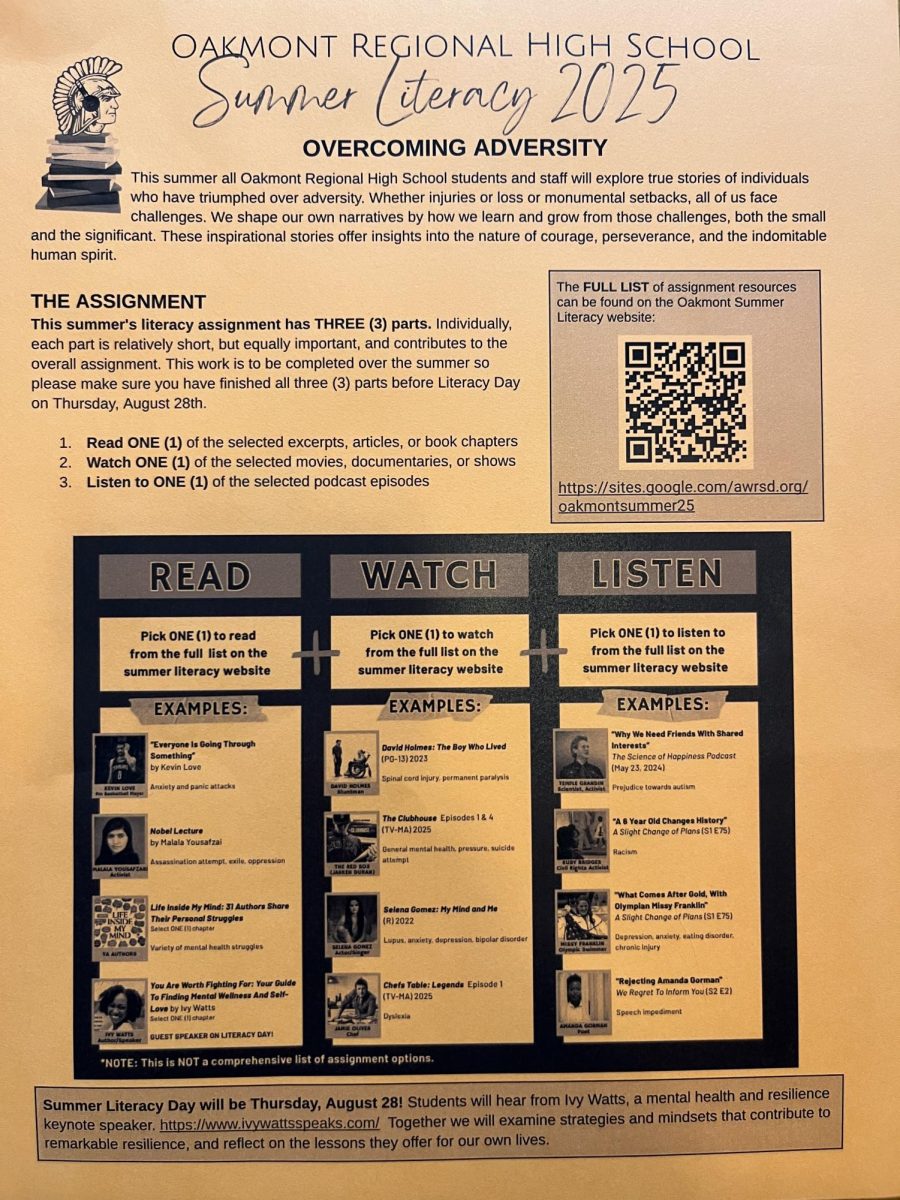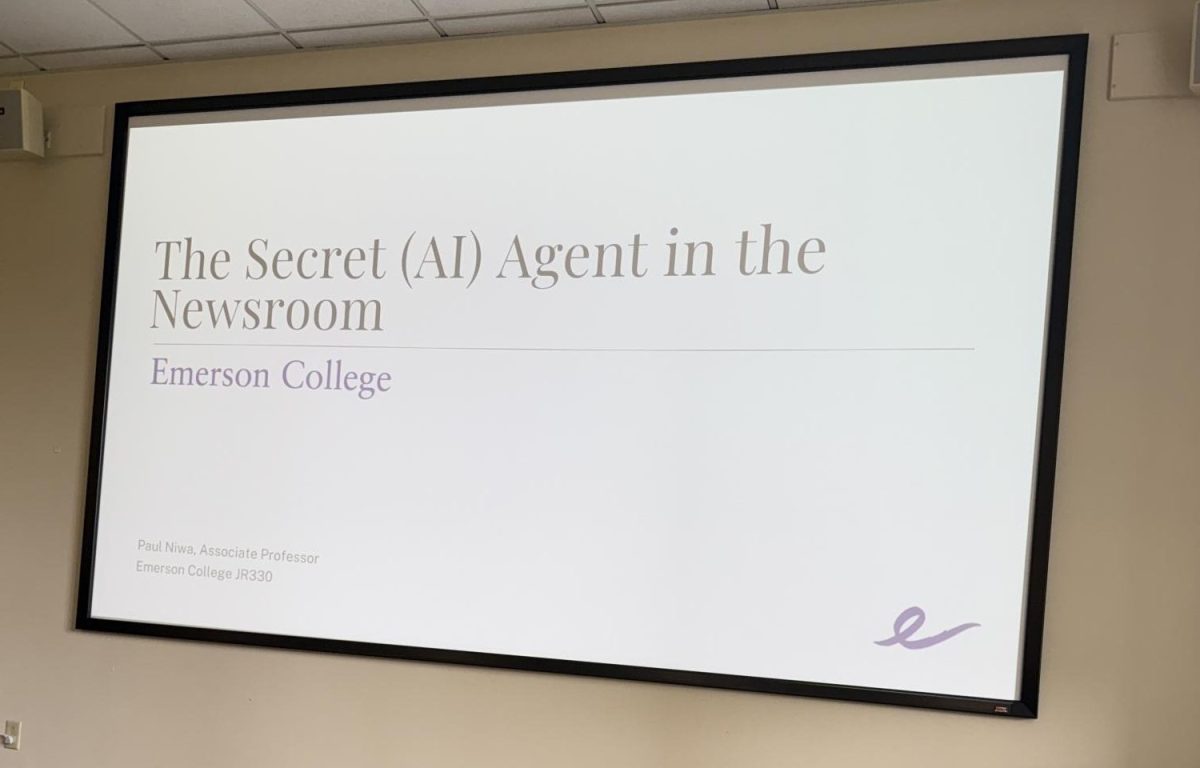
“Pay no attention to that man behind the curtain!” Believers shout at society while Pink Floyd member David Gilmour denies The Dark Side of Oz on The Tonight Show.
The 1990s was a decade filled with evolutionary moments in music history. Lollapalooza was created to celebrate diversity and inclusion among artists, the rise and fall of Napster forever altered music accessibility and revolutionized modern-day streaming, and the tragic death of grunge icon Kurt Cobain marked the end of the grunge movement, leaving a lasting impact on musicians and fans alike. Among these transformative events, was the release of The Division Bell, Pink Floyd’s 14th studio album which discussed themes of communication and reconciliation during the rise of the internet.
1994 was a big year for Pink Floyd fans. Alongside the band’s newest album and recently announced tour for The Division Bell, something was brewing. The 7-year gap between the releases of A Momentary Lapse of Reason and The Division Bell left fans with an unquenched thirst for content from and about their favorite band.
The Dark Side of Oz phenomenon was cultivated in the online forum Usernet in 1994. Here, fans could talk about their favorite band and anything surrounding them.
In a nutshell, The Dark Side of Oz is the pairing of the 1973 album The Dark Side of the Moon and the 1939 movie The Wizard of Oz. The audience is directed to begin the album upon the MGM Lion’s third roar. Scenes magically seem to synchronize with lyrics and sound effects heard throughout the album.
The big question is, was this intentional? Did Pink Floyd write an entire album to align with a 34-year-old movie, or was it merely a coincidence?
First, lets delve into Pink Floyd’s biggest inspirations. Jimi Hendrix, The Beatles, earlier jazz and blues musicians, and Syd Barrett’s overuse of LSD. These influences were known for their heavy use of drugs and some for their psychedelic nature. The image Pink Floyd was able to portray contained trippy visuals and experimental sounds, attracting fans of the psychedelic scene.
The band’s open discussion of their experience surrounding substances most likely made it seem more acceptable or even appealing to their fanbase. This influence allowed the band and audience to explore modified states of consciousness together.

The “stoner” culture behind the origin of The Dark Side of Oz is one of the reasons fans are skeptical of its credibility.
Pink Floyd’s fanbase was composed mostly of white teenage boys. Around this time, the use of marijuana and other substances was steadily increasing among young adults and teenagers. According to this graph by the National Library of Medicine, past year marijuana use was actually at a peak in 1994 — the year in which The Division Bell and The Dark Side of Oz were created.
It is safe to say that those who go into the film with an open mind are more likely to find connections than those who are skeptical. It all comes down to your mindset. Compare it to those who believe in fortune cookies, if the fortune fits, it fits, and if it doesn’t, it doesn’t.
While it is uncertain if the drug uprisings are connected to Pink Floyd, it is something to consider.
Whether the album and movies connection was intentional or not, one thing is for certain — the attention drawn from this theory boosted record sales. History teacher — and avid rock fan Mr. Jim Ethier recalls that when he first heard of the phenomenon in the 90s, he went out and bought The Dark Side of The Moon to test it. This surge in sales is exactly why the band originally disregarded the theory.
Had the band outright denied The Dark Side of Oz, the magic and fascination would have subsided, decreasing record sales. Even now people still stream the album to get a glimpse of the Dark Side of Oz, giving the band more money.
Roger Waters, Co-founding Bass player of Pink Floyd left the band in 1985 to pursue a solo career. He felt that the band hadn’t been working as cohesively as in previous years and believed that without him, there was no Pink Floyd. The remaining members of the band continued to produce under the name Pink Floyd, aggravating Waters.
Shortly after, Waters sued guitarist David Gilmour, and drummer Nick Mason in hopes of preventing them from further producing as Pink Floyd. Facing the resolution of these legal issues, Waters officially left the band in 1987.
These harrowing legal troubles left the band with a loss of money and a struggle to reach the creative heights they once had with Waters’s partnership.
History of Rock and Roll student Katherine Titus says, “I don’t believe it was intentional. Between the awkward starting time and the odd amount of time the album plays through, the experience seems unintentional.”
While researching this topic, one question still lingers in my mind. Upon the release of The Dark Side of The Moon, why didn’t the band give us directions towards the yellow brick road? No easter eggs or even subliminal messages pointed their audience in this direction until 20 years later. If the band had truly produced this meticulous album with the intention of its synchronization to Oz, it would be thought that they would want the publicity right away.
After an Interview with high school music director Mr. Kris DeMoura, I was able to understand better why they would have done this. DeMoura explained that VCRs weren’t an item every household had in the 70’s. This is an explanation for why the band would have kept their “inspiration” a secret.
I must admit that after watching the movie myself I was able to conjure up a list of connections. The validity of some was debatable, while others seemed crystal clear.
“After listening to and watching the movie hundreds of times, the synchronization is not a rare occurrence. There are just too many “coincidences.” says DeMoura
While the synchronizations between The Dark Side of The Moon and The Wizard of Oz are impressive and have sparked the imagination of many fans, there is no concrete evidence to suggest that the connections were intentional. The band has repeatedly dismissed the theory as mere coincidence. This long-time debate in the rock world only goes to show that humans are constantly searching for answers, especially when dealing with complex works of art.






















Makenzie Fisher • Nov 26, 2024 at 11:33 am
amazing article!